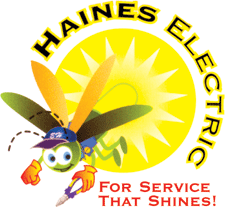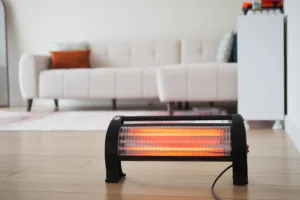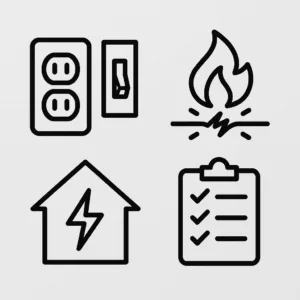Light switches are an essential part of our daily lives giving us the ability to control lighting in our homes and workplaces. In this edition of “Get To Know” will explore the world of light switches, from their basic components and operation to potential issues that aging switches might present. We’ll also delve into some lesser-known facts about light switches. Let’s dive in!
A Brief (& Bright) History
Discover the fascinating history of the light switch, dating back to the late 19th century. After the invention of the light bulb by Thomas Edison, inventor John Henry Holmes patented the first light switch in 1884. From early porcelain and brass designs to modern plastic and metal models, light switches have evolved to meet the ever-changing needs of users. Now an essential component of our daily lives, the light switch is a testament to human ingenuity and innovation in electrical technology.
The Basics of Light Switch Components and Operation
A light switch is a simple yet crucial device that allows us to control the flow of electricity to a light fixture. They operate on a simple principle: completing or breaking an electrical circuit to turn the lights on or off. When the switch is in the off position, the circuit is open, interrupting the flow of electricity and keeping the lights off. Conversely, when the switch is in the on position, it closes the circuit, allowing electricity to flow and turning on the lights.
The fundamental components of a light switch include:
- Switch Plate: The outer cover that protects the internal components of the switch.
- Toggle or Rocker: The part we interact with to turn the light on or off.
- Contacts: The metal parts inside the switch that either connect or disconnect the electrical circuit.
When we flip the toggle or press the rocker, the contacts inside the switch either close (completing the circuit and turning the light on) or open (breaking the circuit and turning the light off).
Types of Light Switches You May Have
There are several types of light switches available, each serving a specific purpose.
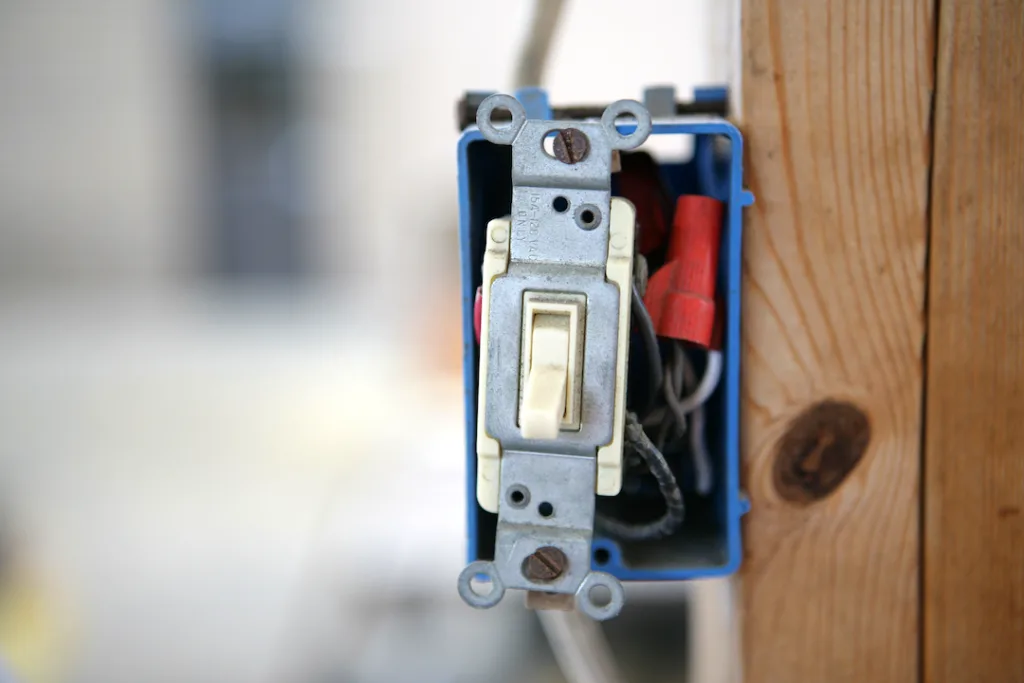
- Single-Pole Switch: The most common type of switch, used to control one light from one location.
- Three-Way Switch: Allows you to control a single light from two different locations.
- Four-Way Switch: Used in conjunction with two three-way switches to control a light from three or more locations.
- Dimmer Switch: Allows you to adjust the brightness of a light.
- Smart Switch: Can be controlled remotely via smartphone or voice command and often includes additional features such as timers and dimming.
⚠️ Potential Issues with Aging Light Switches
Over time, light switches may show signs of wear and tear. It’s important to recognize these signs to ensure safety and prevent potential issues. Here are some common indicators of aging switches:
- Flickering Lights: If your lights flicker when you use the switch, it could indicate a loose connection or worn contacts within the switch.
- Buzzing Sounds: A buzzing sound from the switch might be a sign of an overloaded circuit or faulty wiring.
- Hot Switch Plate: If the switch plate feels hot to touch, it could suggest an electrical issue that needs immediate attention.
- Difficulty Operating the Switch: If the switch is hard to toggle or sticks in one position, it may be time for a replacement.
Now You Know, Light Switches
Light switches play a vital role in our daily lives, offering us control over our lighting and contributing to the functionality of our homes and workplaces. Understanding the basics of light switch components and operation, potential issues with aging switches, and lesser-known facts about switches can help you make informed decisions regarding your home’s electrical system.
If you encounter any issues with your light switches or need assistance, don’t hesitate to reach out to Haines Electric for professional service and expertise.
Check Out Our "Get To Know" Series
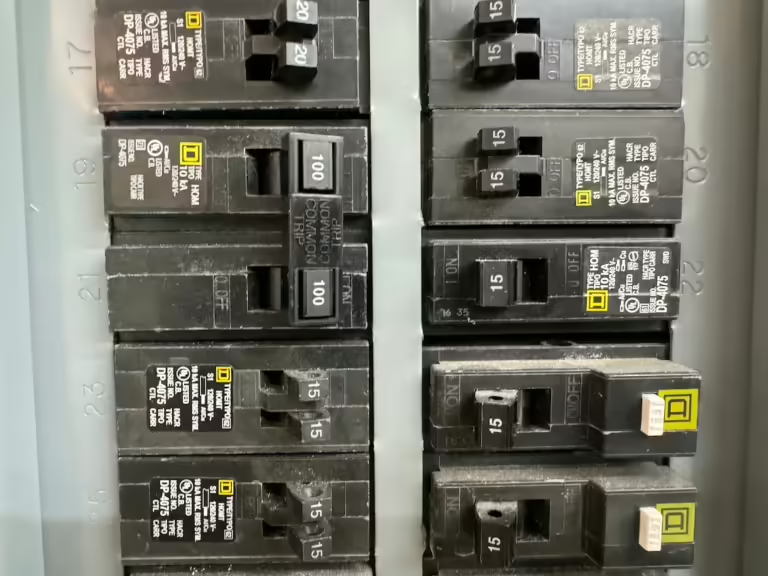
Get To Know: Electrical Panels
Electrical panels, often referred to as breaker boxes or distribution boards, are essential components of your home’s electrical system. They serve as the central hub
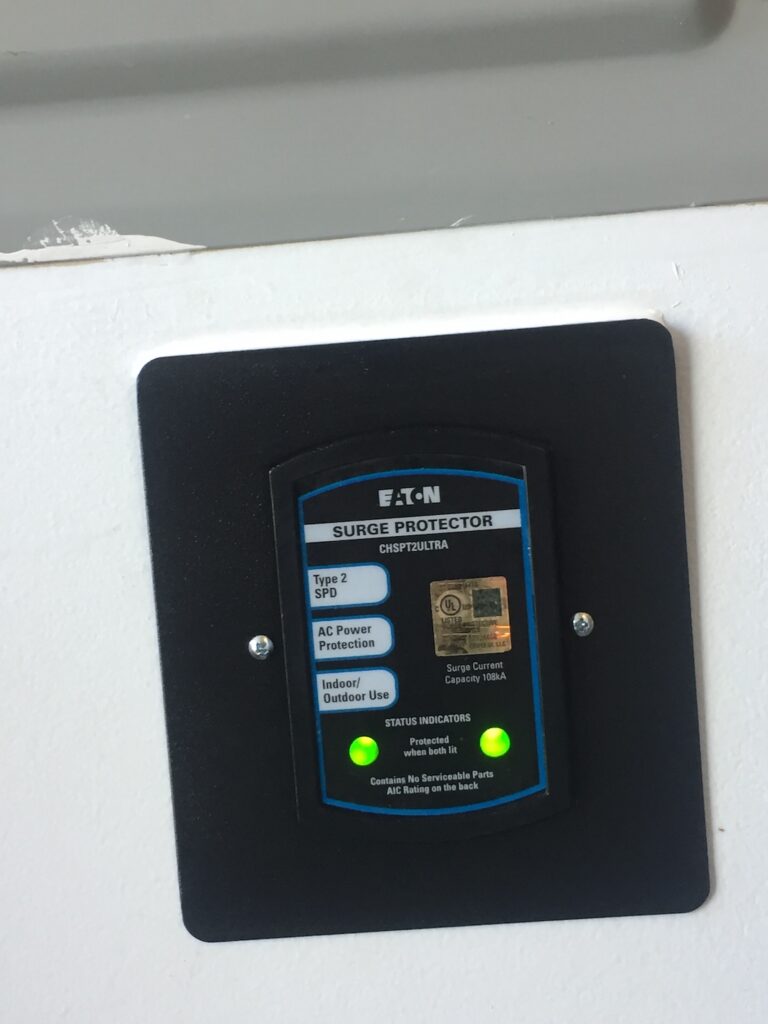
Get To Know: Surge Protectors
In today’s digital age, our homes and businesses are filled with valuable electronic devices that we rely on daily. From smartphones and laptops to appliances
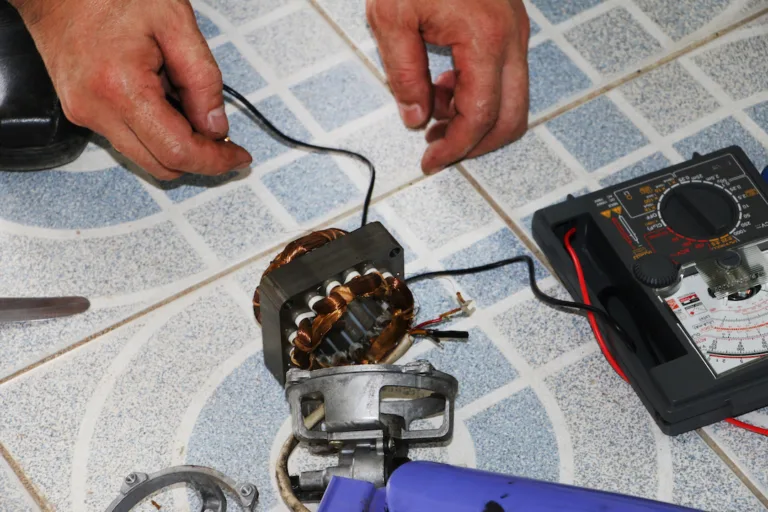
Get To Know: Ceiling Fans
Ceiling fans are a popular home appliance choice for many homeowners. Not only do they add style to a room but they also offer energy-saving
